The Hudson Experience. ENST 291.
This week we visited three sites in Columbia County: Frederic Church’s estate–Olana, the City of Hudson, and Letterbox Farm, located just outside of Hudson.
We consulted class resources about mid-Hudson counties after our trip to get a better sense of how Hudson fits into Columbia. These facts are helpful for putting Hudson in the context of Columbia County, and are referenced to our experience below:
- Columbia county has a population of 66 thousand, the second lowest of the 6 mid-Hudson Valley counties.
- A median income of $56,000 the second lowest in the Hudson Valley.
- A rural population of 73%, the highest country.
- A population with 28.5% BA degrees or above for adults 25 years or older. (although still relatively high in comparison to the lowest, which is at 18.5%)
- Average housing values of $224,000, second lowest in comparison.
- The second highest vacant housing units for seasonal and recreational use, suggesting the presence of vacationers.
Frederic Church, along with his mentor Thomas Cole, helped to define the Hudson River School of painting, a group of artists known for their romantic depictions of the area’s stunning landscape. To this end, Church founded Olana specifically for aesthetic activity purposes. By creating an estate designed solely for leisurely retreats, Church is said to be one of the instigators of Hudson Valley tourism. Today, Olana is a major tourist attraction.
Leaving Olana and driving just a few miles further, we arrived in the City of Hudson. Starting with a cluster of antique stores that appeared about 25 years ago, the city has expanded into a trendy arts district, becoming a destination spot in the Valley area while still managing to maintain a small town feel. The buildings are old, unique, and colorful. Greenery is prevalent in Hudson, with ivy growing on buildings, trees lining the streets, and scenic woods and hills only a quick walk away from downtown. Just off the Hudson River, this city is accessible by Metro North and Amtrak.
Based on a brief afternoon stay in Hudson, we observed many artsy-looking youth as well as older, more affluent vacationers or residents. We hypothesize that the younger demographic was drawn by the low housing values, the up-and-coming old town feel, and employment opportunities in the arts and farming. Hudson’s proximity to Bard also means there are creative, mobile college graduates in the area. In talking with Faith Gilbert of Letterbox Farm, she echoed some of these sentiments, saying that what drew her to the area was Hudson’s proximity to urban markets and culture (a draw for many young college grads such as herself), which works to the benefit of the farm, allowing them to sell to both restaurants in Hudson and New York City. Further, she explained, Hudson is one of the few areas left in the Northeast that has a “small, un-urbanized town center,” meaning that she and the rest of the Letterbox crew can live in the city and work on a farm–the perfect balance of urban and rural.
The older and more affluent population, we speculate, comes largely from New York City. When walking around we ran into older couples and friend groups, as demonstrated by Ariel’s and my selfie with a group of five gal pals looking at an expensive shop. For this demographic, Hudson is accessible and affordable, and feels like an escape from a more bustling urban area–the city cultivates a rustic feel, and has a sense of community that comes with the local shops and bars. There are also interesting tourist attractions nearby, like Olana.
To give downtown Hudson’s aesthetic a name, “rustic bougie” would fit the bill. Striking a fine balance of historic charm and trendy offerings (in terms of furniture, food, and fashion), it is easy to see why affluent vacationers as well as a trendy, younger population would both be attracted to Hudson. The city provides the amenities and cultural attractions of a larger urban area, while maintaining an aesthetic very much tied to the rural Hudson Valley setting. Nature-inspired imagery abounds–from the plant display in the plumber’s shop to fur throws and decorative leaves, Hudson’s story is built on the natural offerings of the Valley.

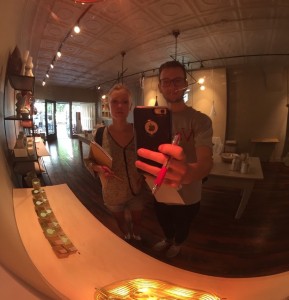
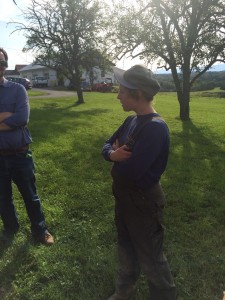
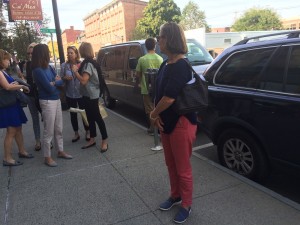
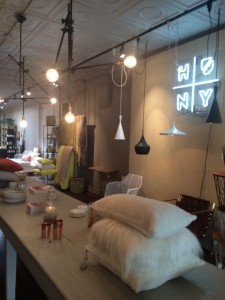
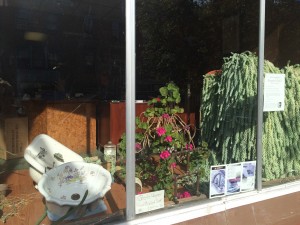

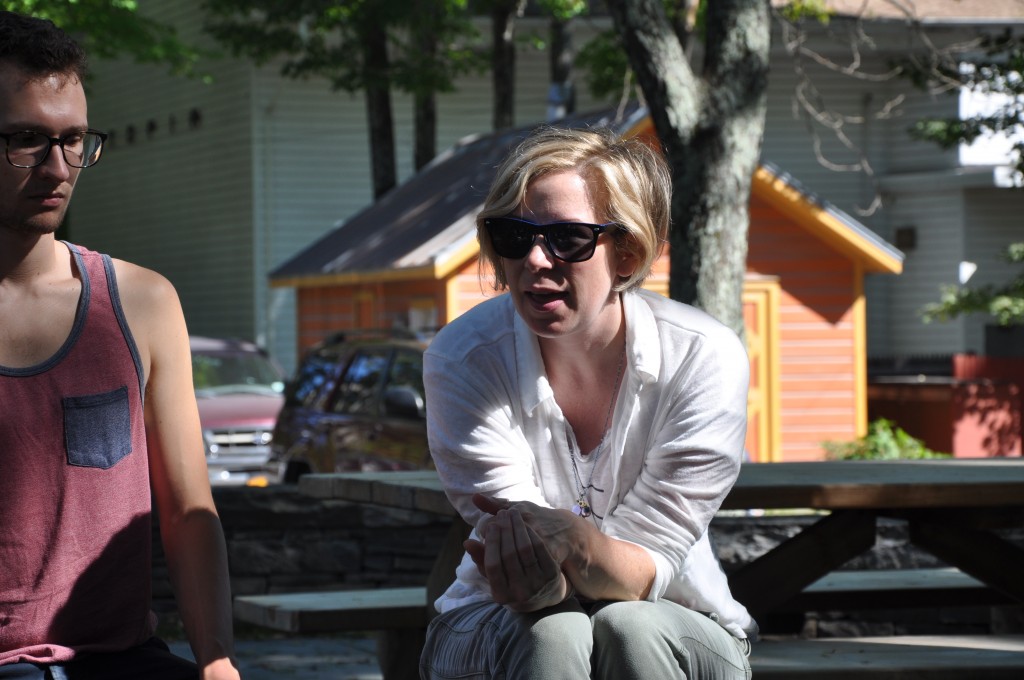

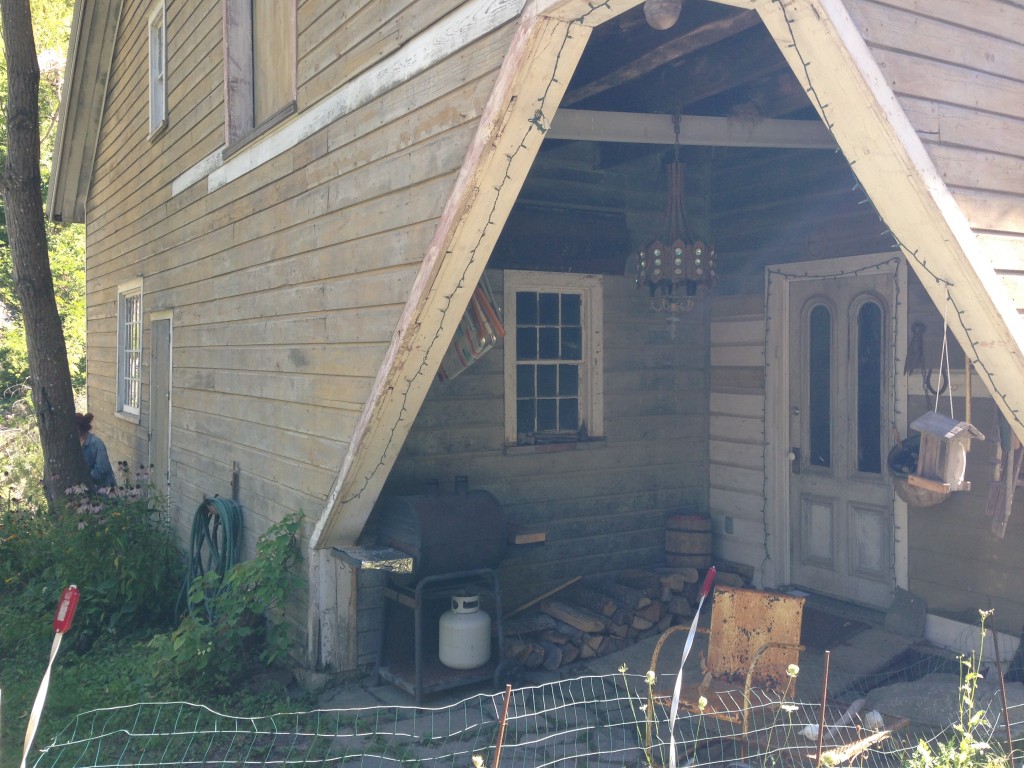
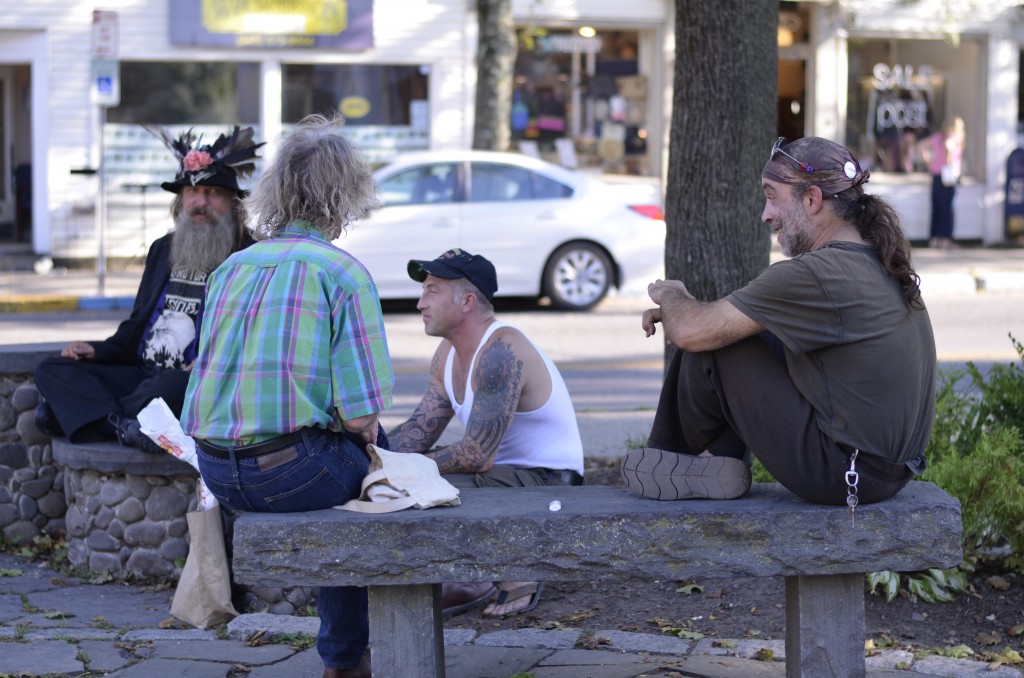

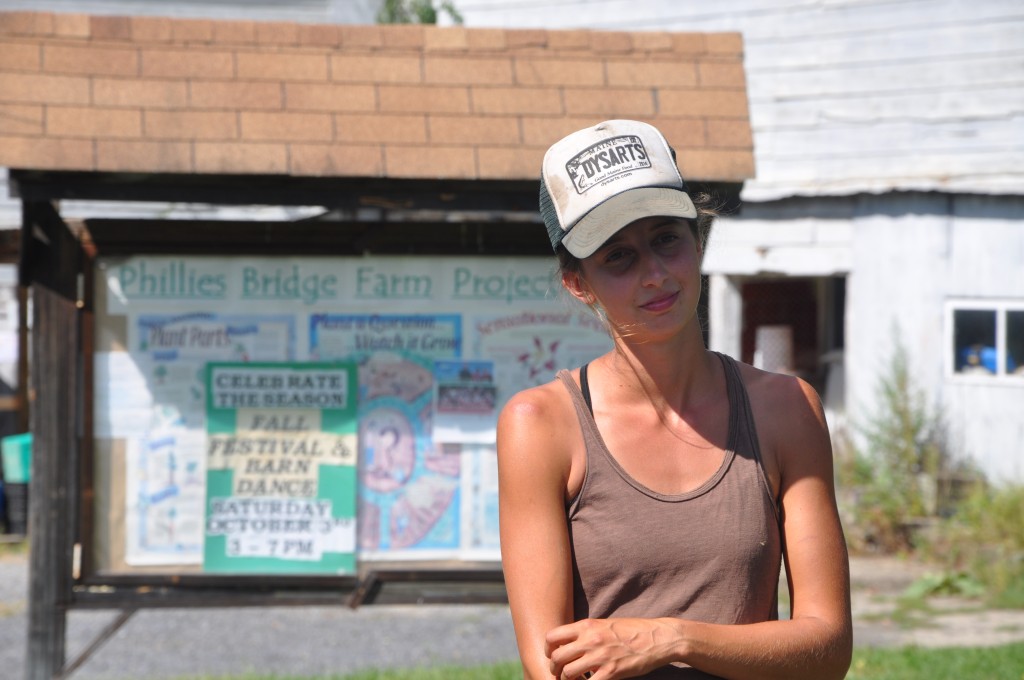
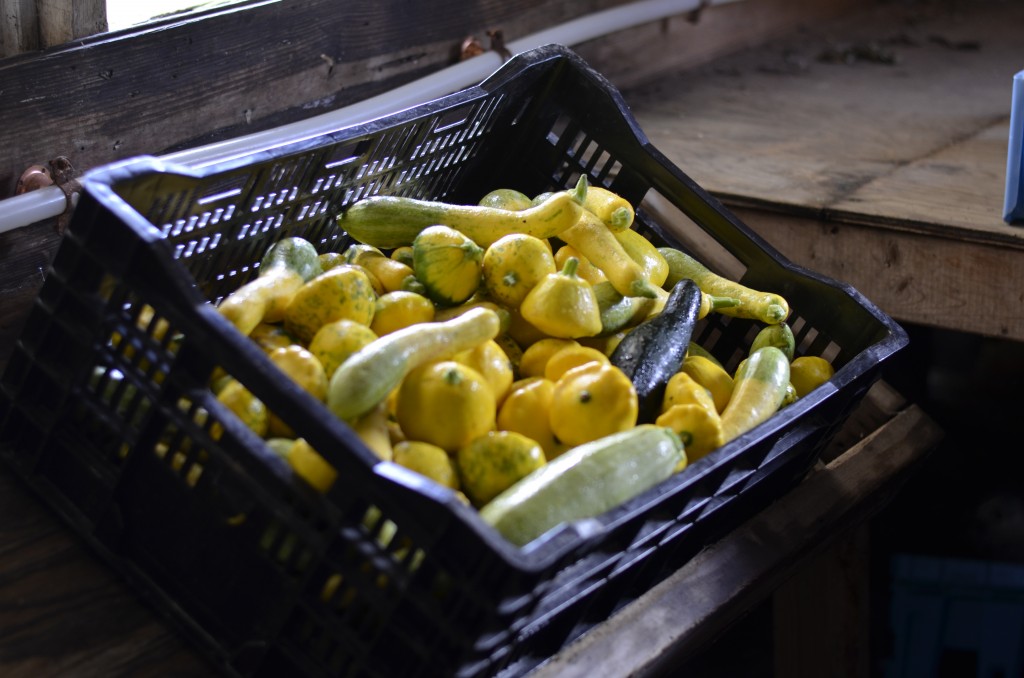
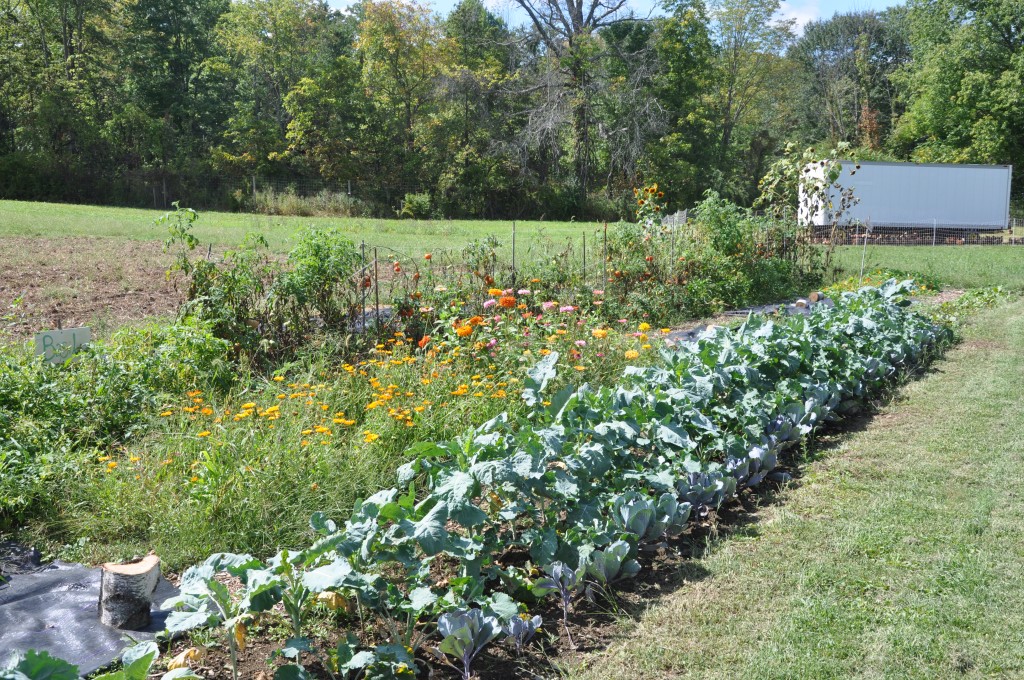
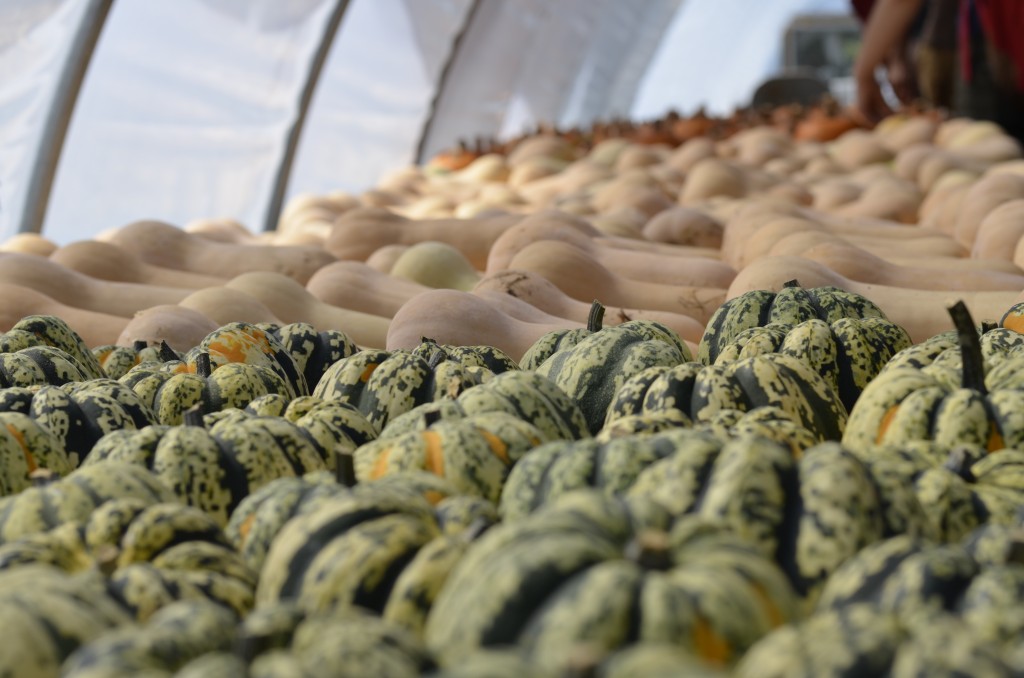
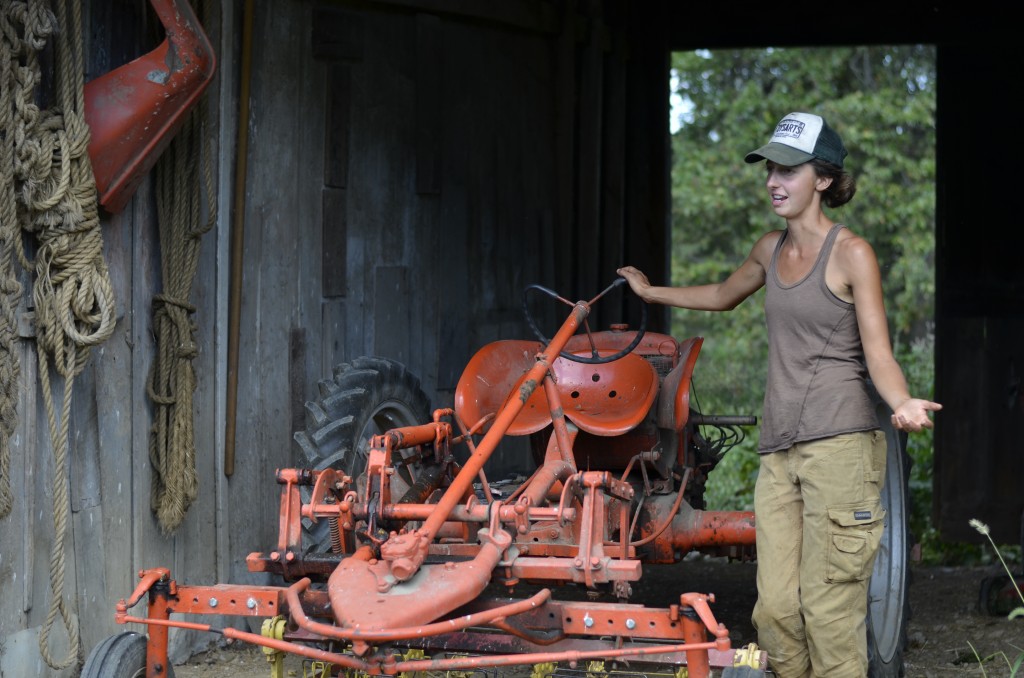
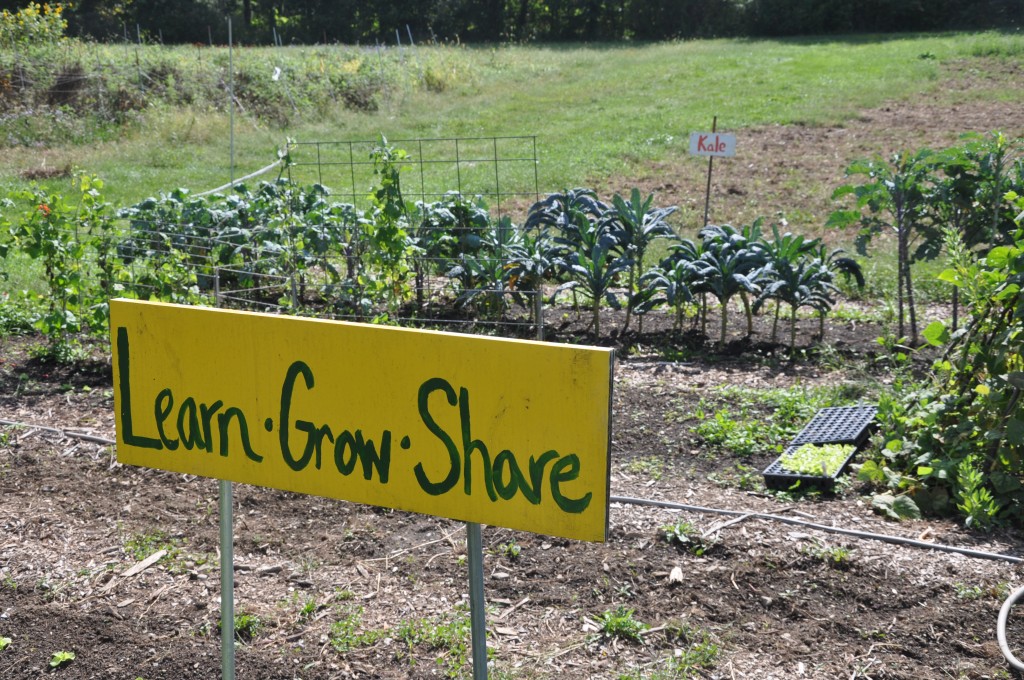
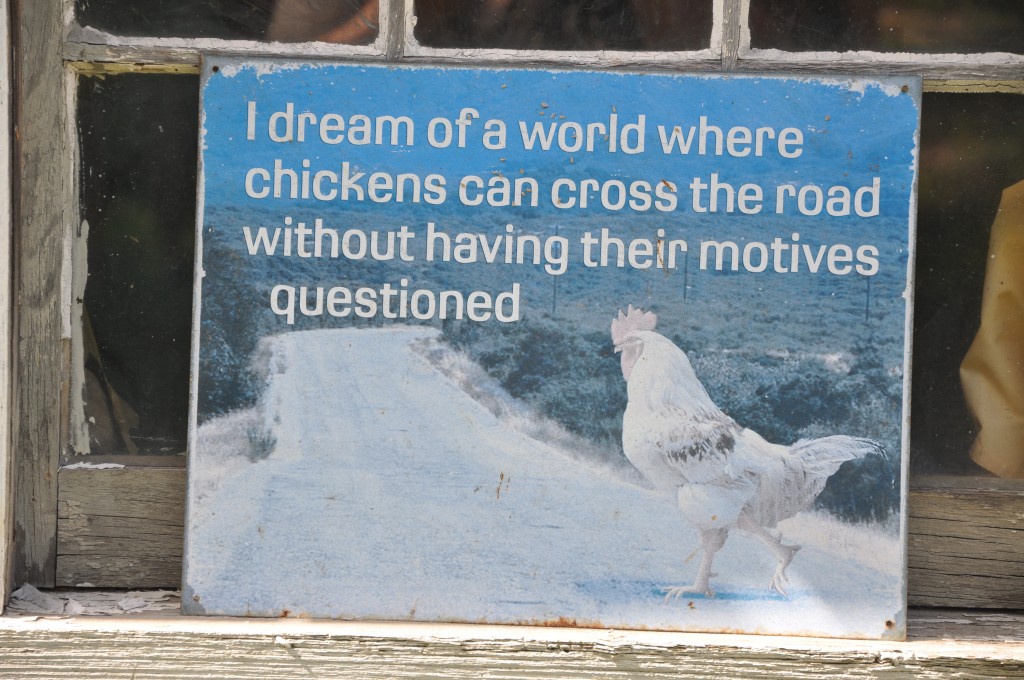
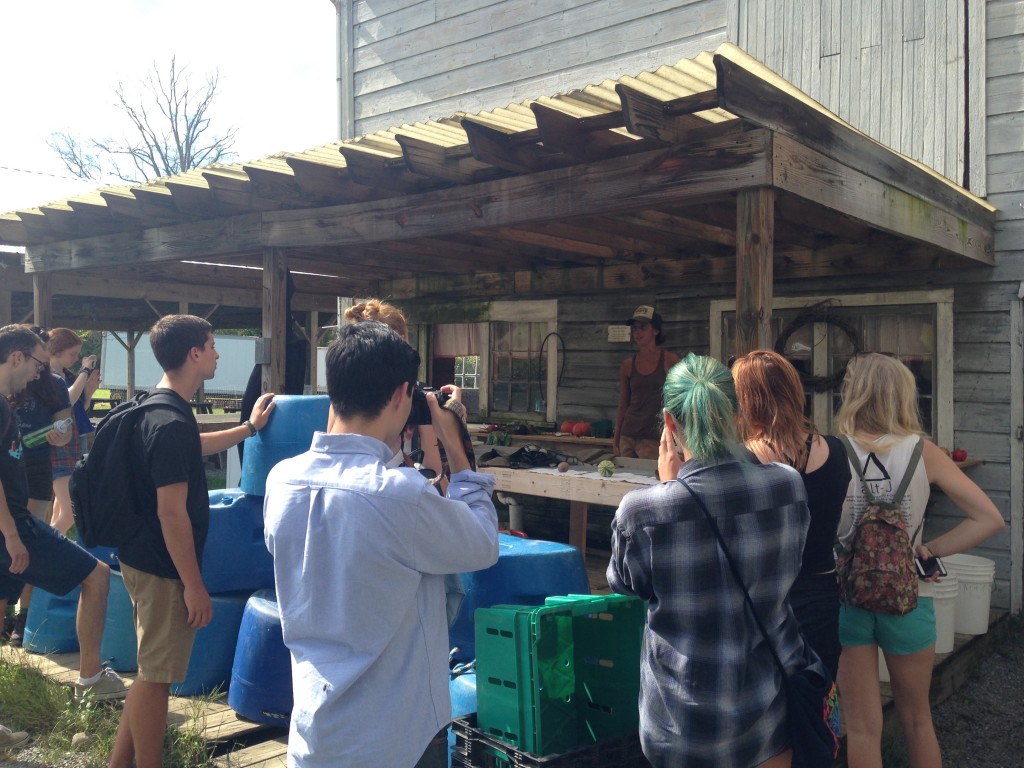

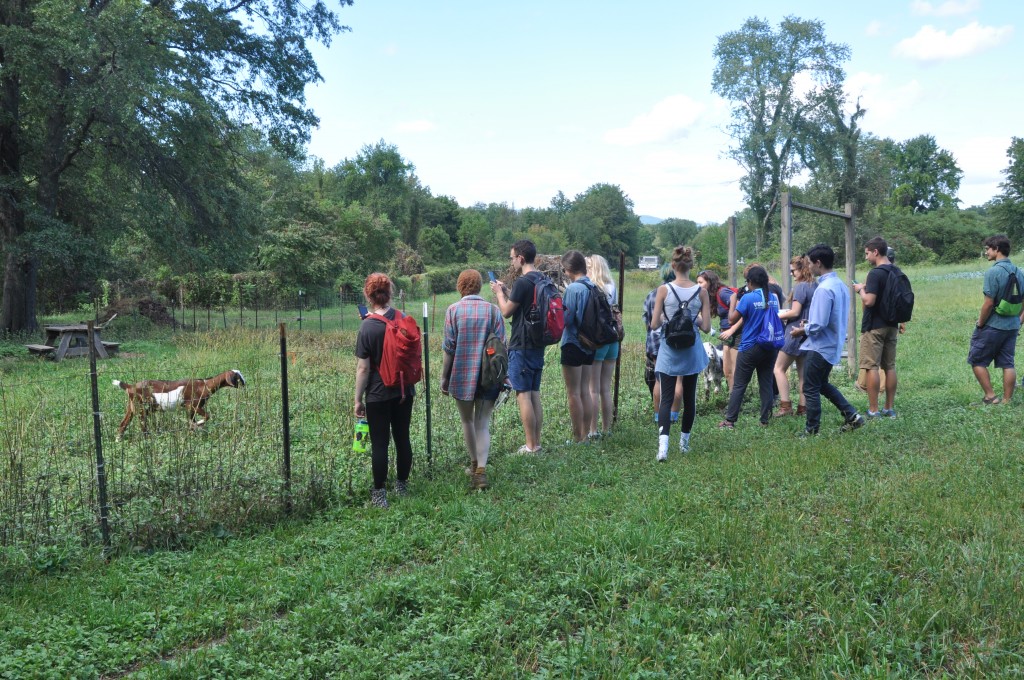
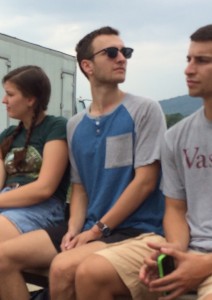
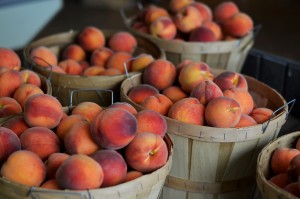
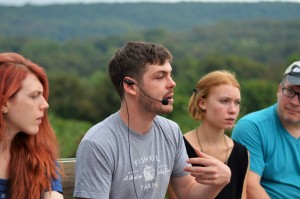
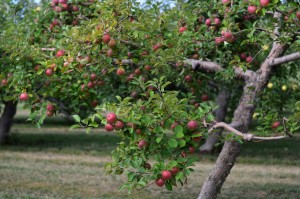
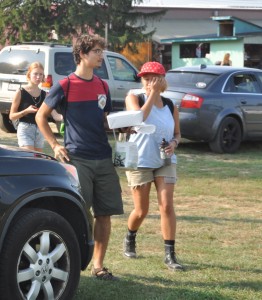
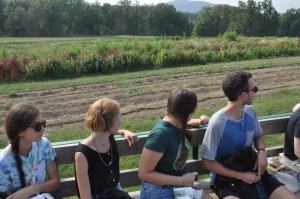
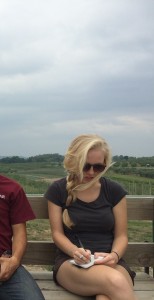 Hi all, I’m Fiona! I’m a senior majoring in psychology. I’ve been exploring the Hudson Valley since Day 1 and I’m so excited to be taking a class for it. Here’s a picture of me looking studious at Fishkill Farms.
Hi all, I’m Fiona! I’m a senior majoring in psychology. I’ve been exploring the Hudson Valley since Day 1 and I’m so excited to be taking a class for it. Here’s a picture of me looking studious at Fishkill Farms.
